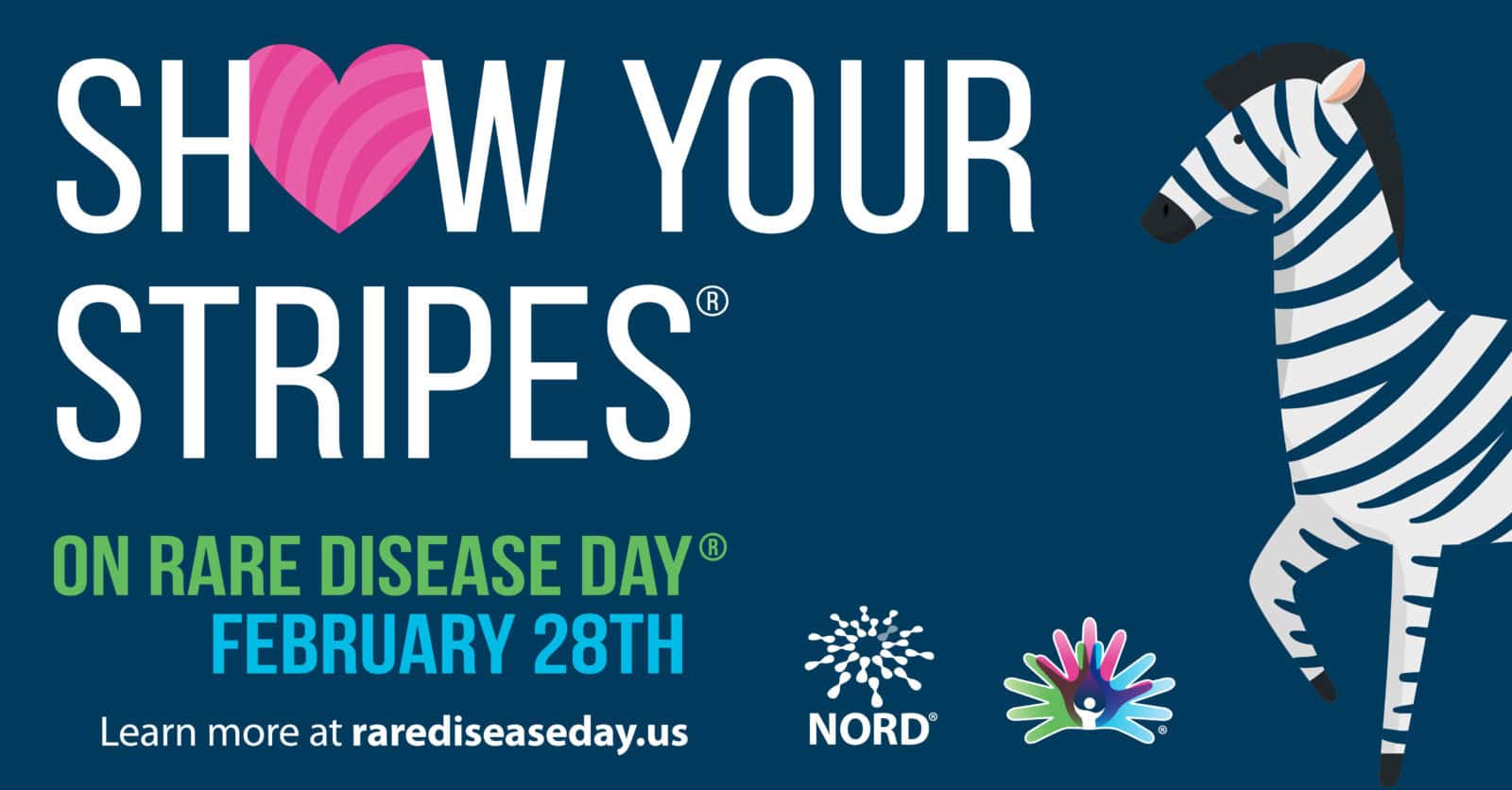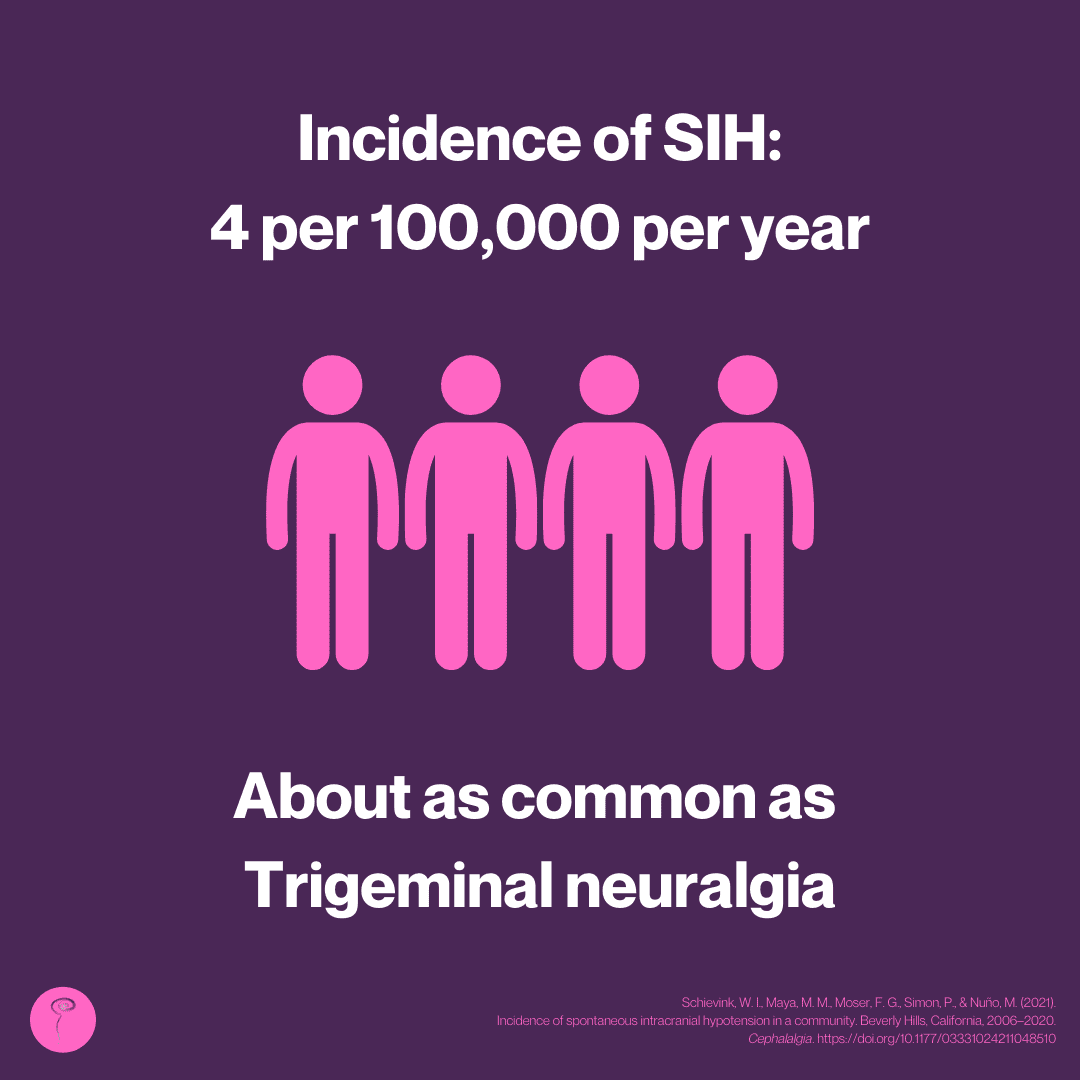Rare Disease Day

Since 2008, Rare Disease Day has raised awareness for those affected by rare diseases. One in 20 people will live with a rare disease at some point in their life, and yet for the majority of rare diseases, there is no cure, and many rare diseases go undiagnosed. Check out rarediseaseday.org to learn more about rare diseases and their impact on patients’ lives.
How rare is SIH?

Spontaneous intracranial hypotension (SIH) due to spinal CSF leak is something that many of us have never heard of until it happens to ourselves or to a loved one. But is it really all that rare? As it turns out, it might be more common than we think.
According to a study published last fall in Cephalgia by Dr. Wouter Schievink and Dr. Marcel Maya, et al., the annual incidence of spontaneous intracranial hypotension (SIH) in the specific community they studied (Beverly Hills, California, between 2006 and 2020) was 4 per 100,000 per year—about as common as trigeminal neuralgia. This is similar to the findings in the only previously published study on the epidemiology of SIH, which estimated an annual incidence of 5 per 100,000.
What is rare in terms of SIH? A timely and accurate diagnosis.
For the majority of patients with spontaneous intracranial hypotension due to spinal CSF leak, the road to correct diagnosis is fraught with misdiagnosis and/or delayed diagnosis. Last year, for Rare Disease Day, we published an article titled, “Making Misdiagnosis the Exception.” In it, we covered the most common misdiagnoses, from migraine and new daily persistent headache to meningitis, trigeminal neuralgia, and even fictitious disorder.
While we continue to see progress in terms of proper and timely diagnosis among headache neurologists and general neurologists, it is still imperative to elevate awareness among all clinicians. That way, more people can get a timely, correct diagnosis; access appropriate testing and treatment; and ultimately have better long-term outcomes. You can help by donating to the Spinal CSF Leak Foundation today. With awareness and education—and your help—we can make misdiagnosis rare!
How can I help raise awareness as a patient?
There are plenty of things that you can do as a patient to help raise awareness of SIH and spinal CSF leaks. From sharing your story with friends, family, and even the medical professionals you see, to creating a fundraising event, there’s no shortage of ways to communicate your experience to those around you who might benefit from learning about spinal CSF leak. Here are some links to help you:
